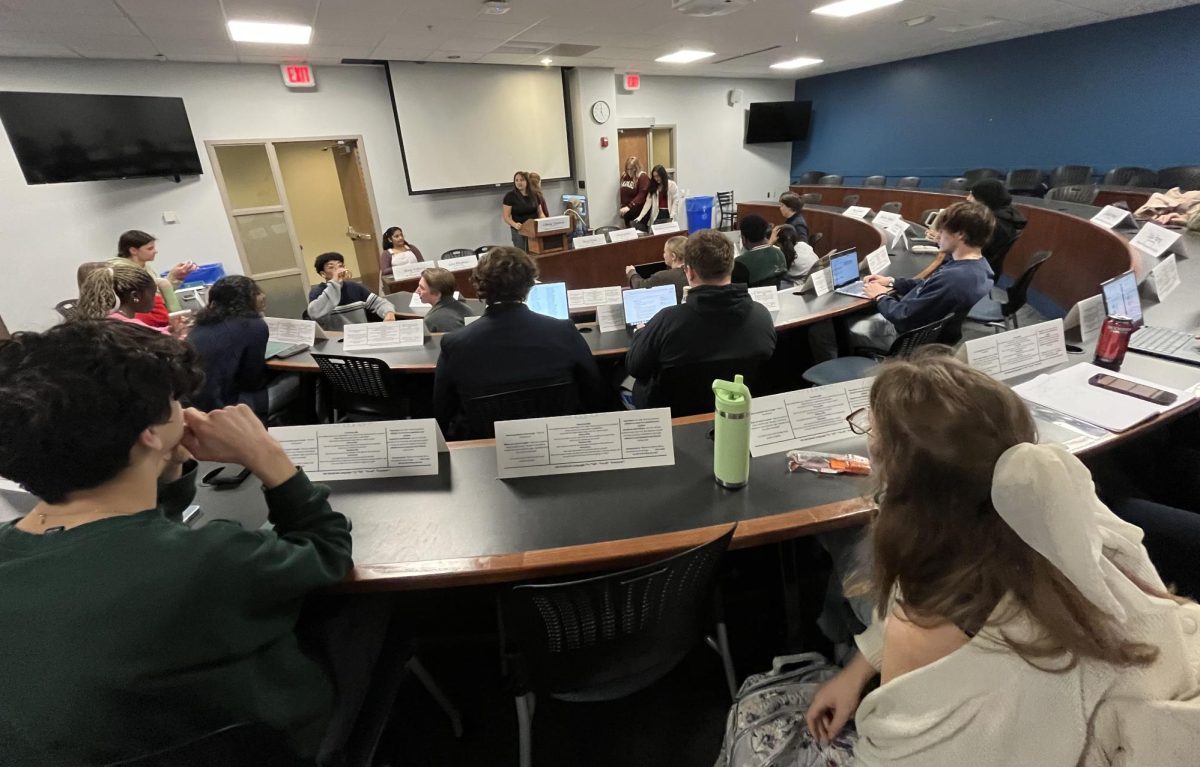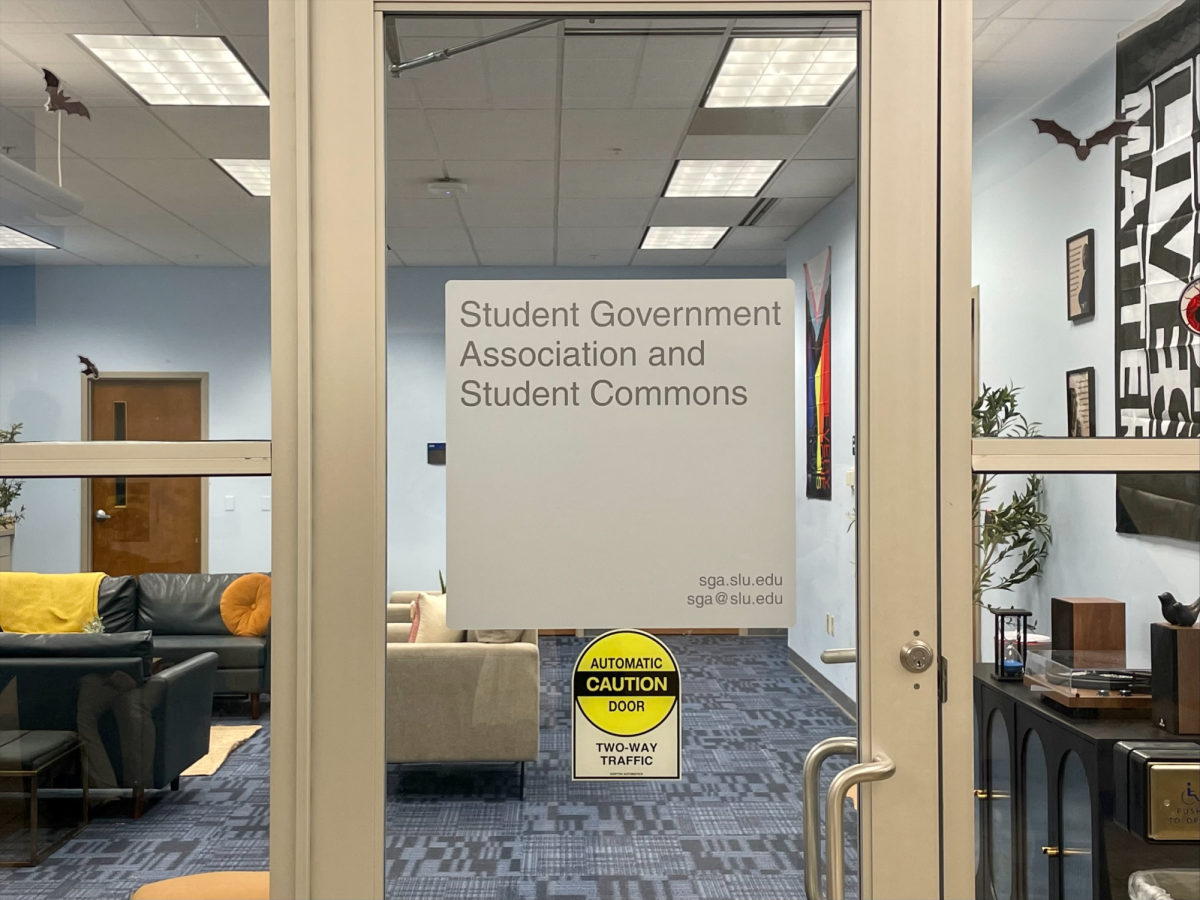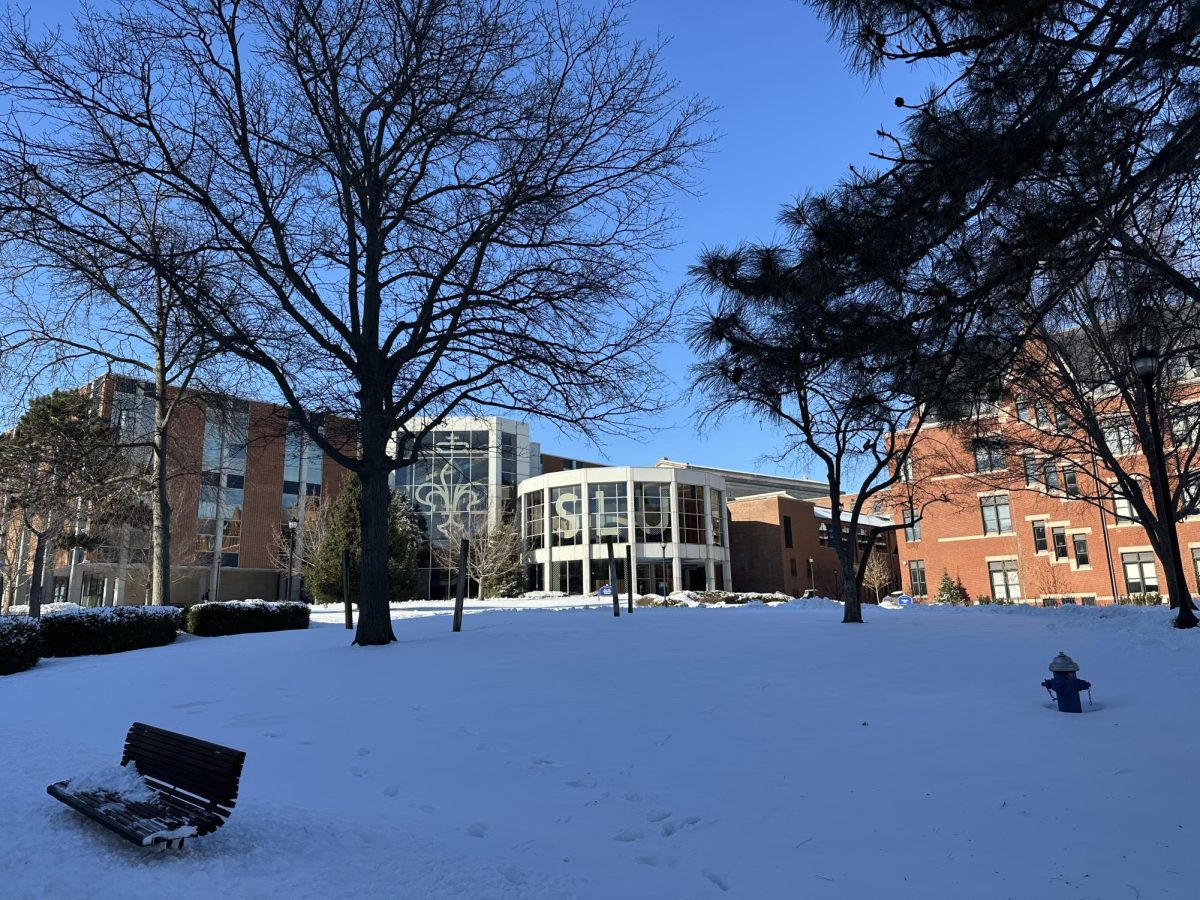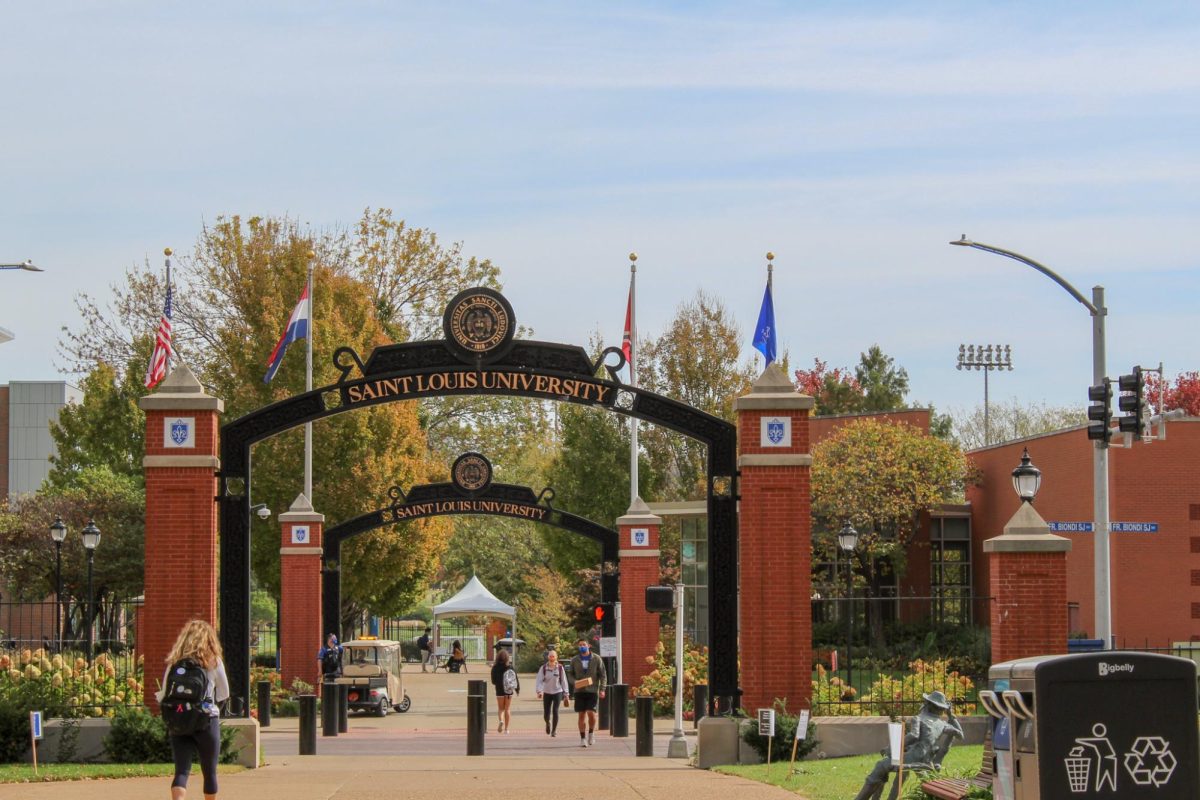The engineers at Parks College of Engineering, Aviation and Technology have reconstructed the civil engineering program that has been absent from the college since the early ’70s.
The new major emphasizes sustainable engineering as well as community service, development and improvement.
“This program allows us to produce the next successful engineers that will help rebuild the infrastructure of the United States,” Parks College Development Director Susan Bloomfield said. “This is the right fit for us; we are glad to have this program back at Parks.”
Twelve students have already enrolled in the major, but that number will surely grow as the program expands.
Freshman Diana Byrne is one of those students and claims it was one of the major factors in her decision to come to SLU.
“I have always been interested in civil engineering and when I heard that SLU was adding the program, I became extremely interested,” Byrne said. “I thought that it would be exciting to get in on the ground floor of the new program.”
According to the U.S. Department of Labor and Statistics, the civil engineering field is projected to grow by 18 percent, faster than the national average for all occupations, through the year 2016.
“The labor department expects a strong demand for civil engineers in the future and we want to give our students the edge in this growing field,” said Krishnaswamy Ravindra, the Aerospace and Mechanical Engineering department chair.
To meet with this future demand, the curriculum was designed to combine theoretical studies with a hands on approach.
The course work includes a small group presentation class as well as environmental science courses in addition to multiple humanities electives.
Students can also specialize in areas such as smart structures, smart transportation, structural design and analysis and green engineering.
“This new program will pull multiple disciplines together as we want our students to be complete leaders in the community,” Bloomfield said.
Another unique addition to the program is it’s emphasis on service learning. Ravindra has also contacted Micah Program Director and Professor of English Donald Stump about making civil engineering a part of the new Urban Project.
This project draws 15 departments and programs at the University together to explore the problems facing cities in the future due to overpopulation while exploring urban settings today through community service.
Stump notes that, by mid-century, the United Nations expects the world to have more than 40 “megacities,” each with 18 million people or more.
Students in the Project will also explore urban settings today through specialized courses and community service.
“The cities of the future will be facing huge problems in transportation, infrastructure and housing and it is great to have civil engineers in The Urban Project learning about these problems with students from multiple disciplines,” Stump said.
SLU’s former Institute of Technology offered a civil engineering program from 1956 to 1971 that successfully graduated more than 150 engineers.
The alumni of the program, along with Parks faculty and area industries, were crucial parts in reviving the program.
“This program is so exciting, we brought in faculty, alumni and members of different industries who helped revive and structure the program,” Bloomfield said.
Parks is also developing an advisory board consisting of industrial leaders who will offer their guidance and insights to ensure the program meets the needs of the real world for years to come.








